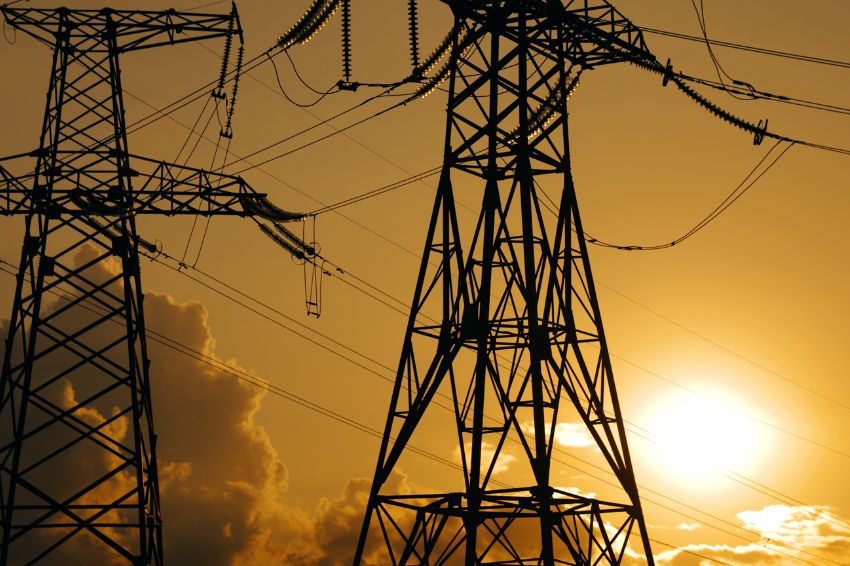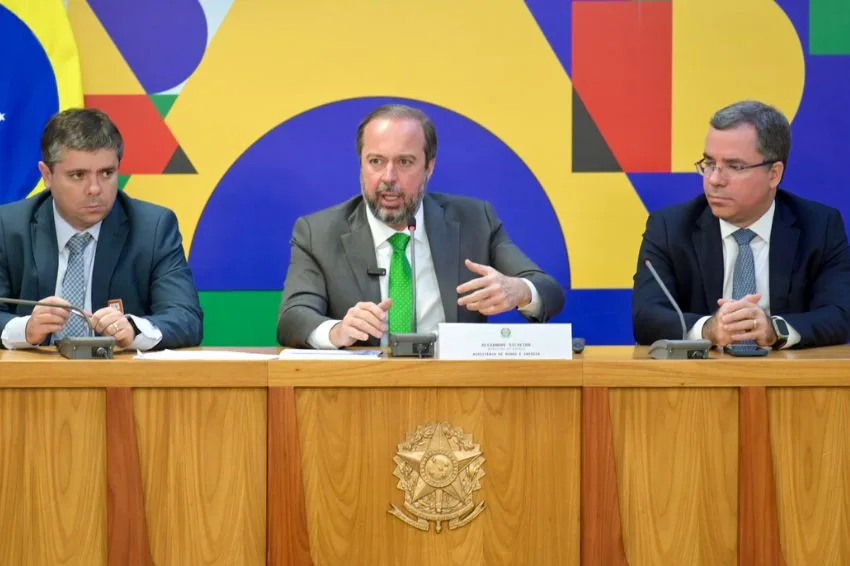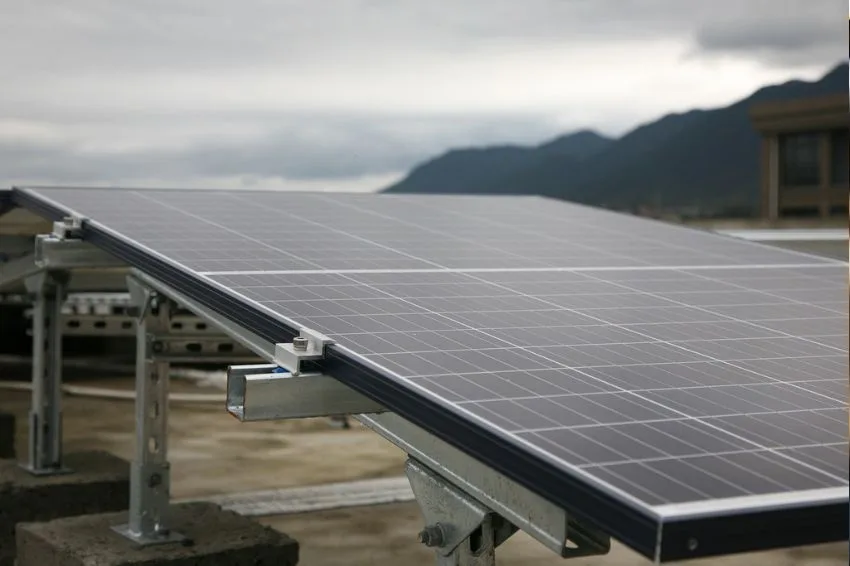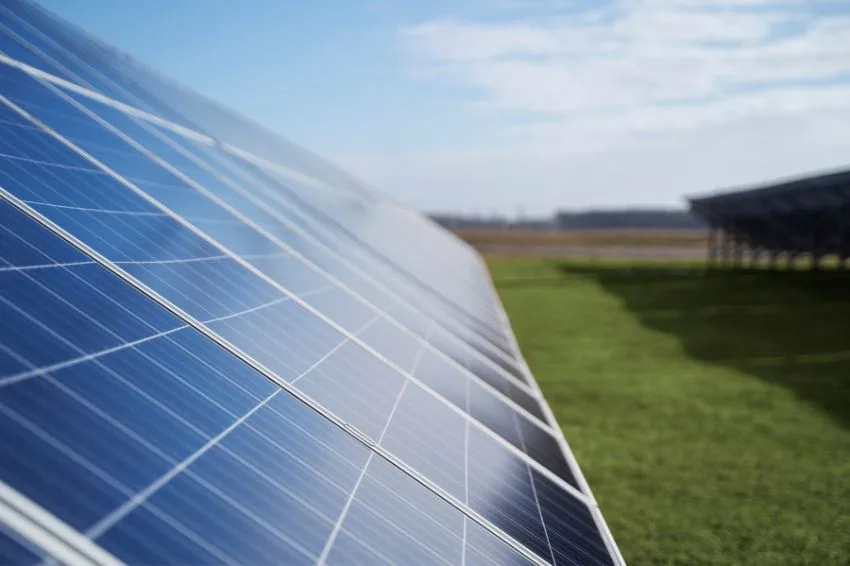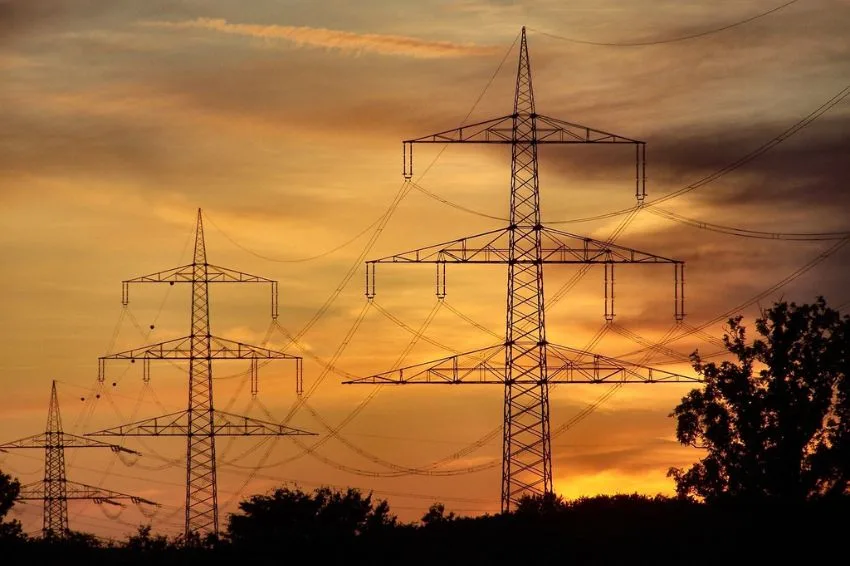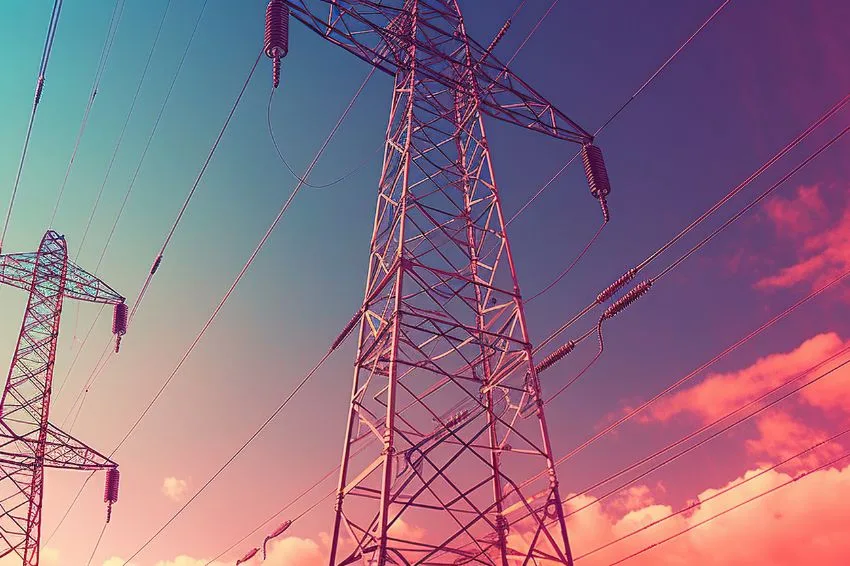According to a survey carried out by Embraceel, on the Brazilian map of electricity consumption in 2022, consumers who participate in the ACL (Free Contracting Environment) are taking up more and more space.
In 23 of the 26 Brazilian states, in addition to the Federal District, the free energy market increased the share of total electricity consumed locally. In three states there was a slight decrease and there is no data for Roraima.
The latest edition of the Free Energy Bulletin shows the monthly overview of the free market in Brazil, prepared based on the most recent indicators released by various institutions and consultancies.
According to the research, there was growth in the following states: Alagoas, Bahia, Ceará, Paraíba, Pernambuco, Piauí, Rio Grande do Norte, Sergipe, Maranhão, Amapá, Pará, Acre, Tocantins, Mato Grosso do Sul, Mato Grosso, Espírito Santo, Minas Gerais, Rio de Janeiro, São Paulo, Paraná, Rio Grande do Sul and Santa Catarina, as well as in the District. In Amazonas, Rondônia and Goiás there was no increase.

How to read this table: the number means the electrical energy consumption of free consumers compared to the total electrical energy consumed in each state – in this case, in July 2022. Example: In Alagoas, of all the electrical energy consumed by consumers in Alagoas in July 2022, 19.2% was consumed by those participating in the free market.
Lower costs
The Abraceel report pointed out that savings in purchasing electricity continue to be a relevant differentiator. The price discount for consumers in the ACL reached 42% in the month, considering the difference between the distributors' average tariff (R$ 280/MWh) and the long-term price on the free market (R$ 163/MWh).
The value refers only to energy, one of the components of the electricity tariff, which is also made up of costs related to transmission, distribution, charges and taxes.
In Abraceel's calculation, the energy tariff includes the current tariff flag, while the price on the free market considers the ESS (system service charges) and reserve energy.
According to the Association, the number of consumer units in the free contracting environment grew by 18% in 12 months, confirming a strong expansion movement. Of the total consumer units in the ACL currently (29,259), 15% migrated in the last 12 months (4,422).
Other highlights
Another point highlighted by the study is that the free market is consolidating itself as a driver of renewables, absorbing 68% of the energy generated by biomass plants, 59% by PCH, 48% by wind and 40% by centralized solar.
As a result, ACL absorbed 54% of consolidated energy generation from incentivized renewable sources (wind, solar, PCH and biomass).
Waiting for a new wave of market opening, the number of energy traders reaches 482. In the last 12 months, 49 new companies have emerged, four per month.
Of the suppliers, 53 are retailers, who will represent future free consumers with demand below 500 kW in CCEE. Another 17 retailers are in the qualification phase.
Furthermore, they reported that 88% of industrial electricity consumption is met by the free market, a level that has remained stable in recent months.


